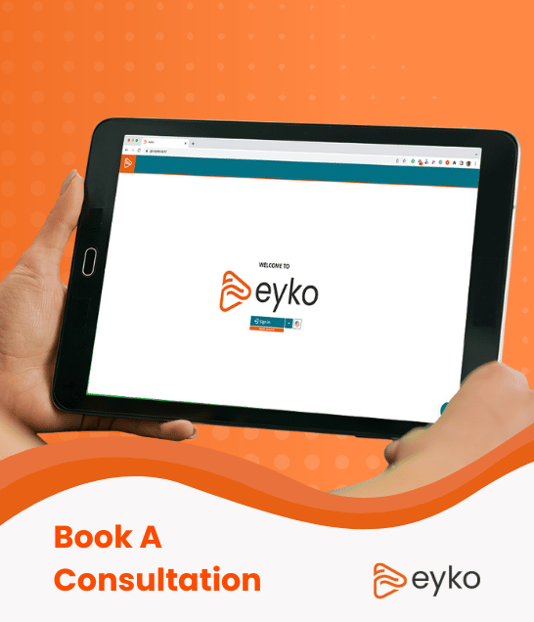Important Feedback from Blueprint 4D Attendees
The eyko team was thrilled to spend four days in Dallas meeting Oracle ERP, Oracle JD Edwards, and PeopleSoft customers and partners.
Hundreds of people dropped by the booth sharing many urgent analytics and reporting issues. Here is a short summary of our key learnings from Blueprint 4D.
1. Organizations are overwhelmed with business data residing in systems other than Oracle JD Edwards and other Oracle ERP systems.
While many organizations are loyal to Oracle JD Edwards and have no plans to move off of JDE, they have more and more data living outside of their core ERP system. Every day new data is created in new applications. With the rise of SaaS or Cloud applications in addition to other legacy on-premises systems, organizations are grappling with new data sources. Many of these systems come with integrated reports and dashboards but no one system gives them a complete view of all their data. And increasingly, their ERP reporting platform doesn't accommodate new data sources.
2. Traditional reporting on single source ERP systems no longer delivers on business user requirements for a 360˚ view of their business.
Legacy JD Edwards reporting tools are limited by what systems they can use for operational and analytic reporting. Traditional tools are hard wired to JD Edwards and offer little flexibility for adding more data sources or refining the query definitions without deep IT skills, SQL code, and JDE data dictionary and schema knowledge. Organizations are rethinking their reporting platform investments as many existing tools come up for renewal or simply aren't cutting it anymore.
3. Many data warehouse projects are fraught with delays, fail to deliver on time, and are over budget.
A few customers shared how frustrated they are with brittle data warehouse architecture designs and how they can't keep up with the ever changing data and business user landscape. Data source complexity, task backlogs, skills shortages, and tool overload are slowing down most data warehouse projects and costing them more than they originally budgeted. Organizations wish they could find a solution that made it easy to get data from multiple sources into a format optimized for reporting with an ability to enrich with calculations, classifications, hierarchies, and more. They also want simplicity for business users to create their own reports and dashboards.
4. Microsoft Excel doesn't scale.
With their current reporting tools' limitations, business users are forced to use Excel to stitch data together from different applications. Unfortunately, this approach doesn't scale, creates data inconsistencies, and silos. Organizations want to get users out of Excel yet want them to still have the flexibility they get with Excel.
5. Generative AI is core to the next wave of IT planning cycles.
Many organizations are starting to wrap their heads around a generative artificial intelligence strategy to get more insights out of their data. To get started, they first need to ensure their data from multiple sources is clean and curated. They also acknowledge their current platforms are not optimized for the next wave in AI.
Learn how eyko can help you solve many of these urgent challenges.
Share this
You May Also Like
These Related Stories

eyko Solves Customers' Problems

Can Users Really Have Self Service ETL and Analytics?

